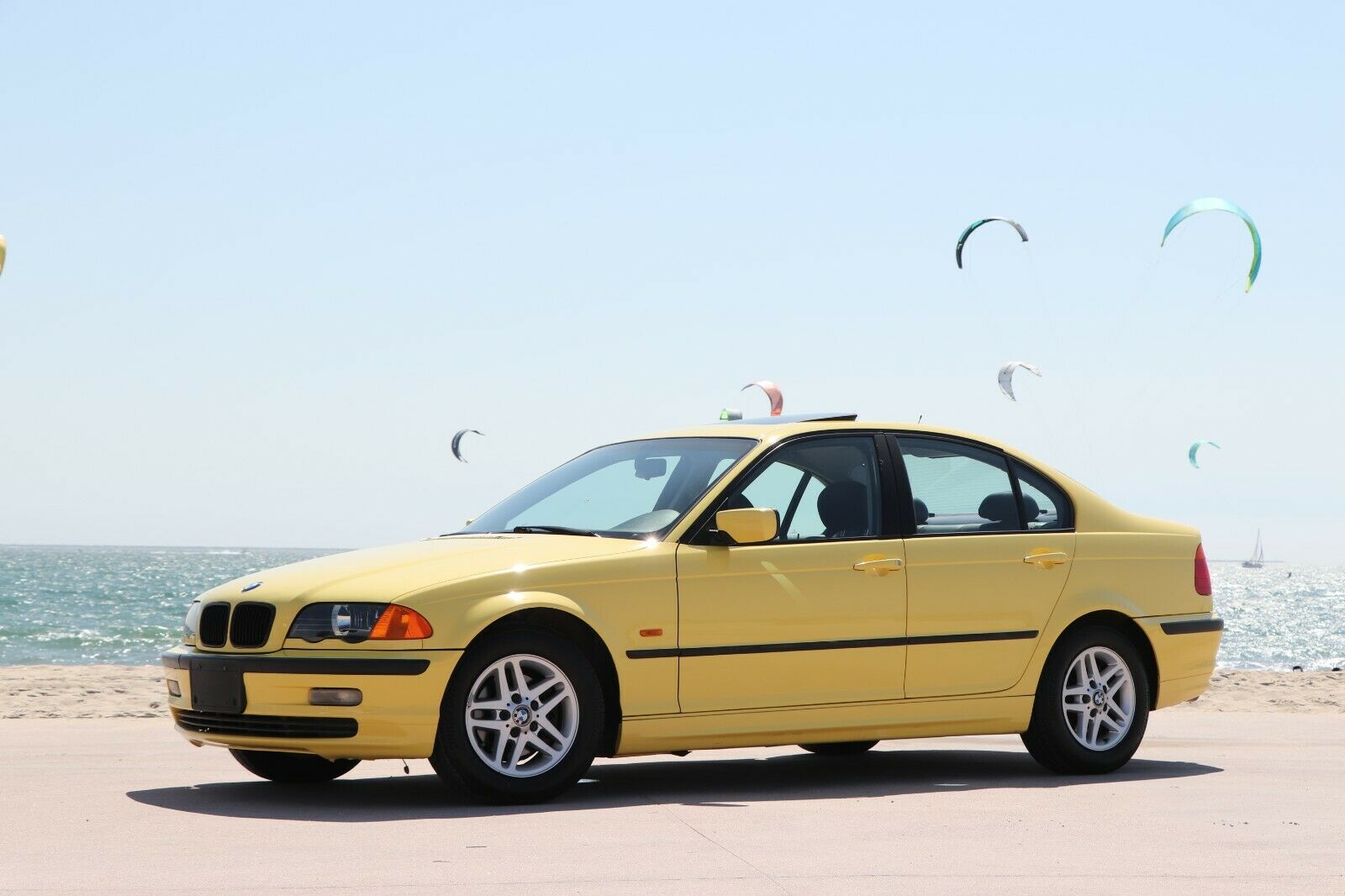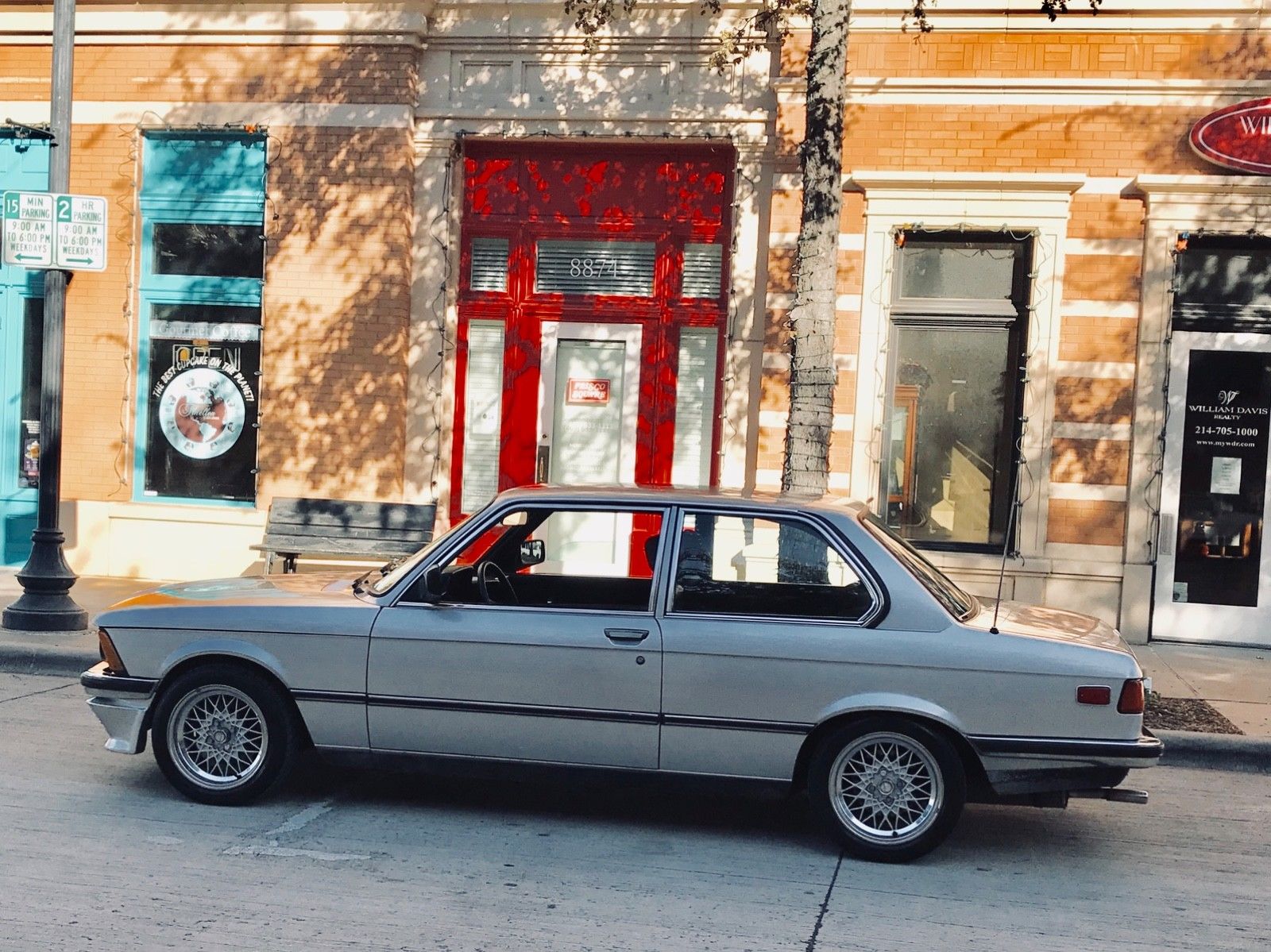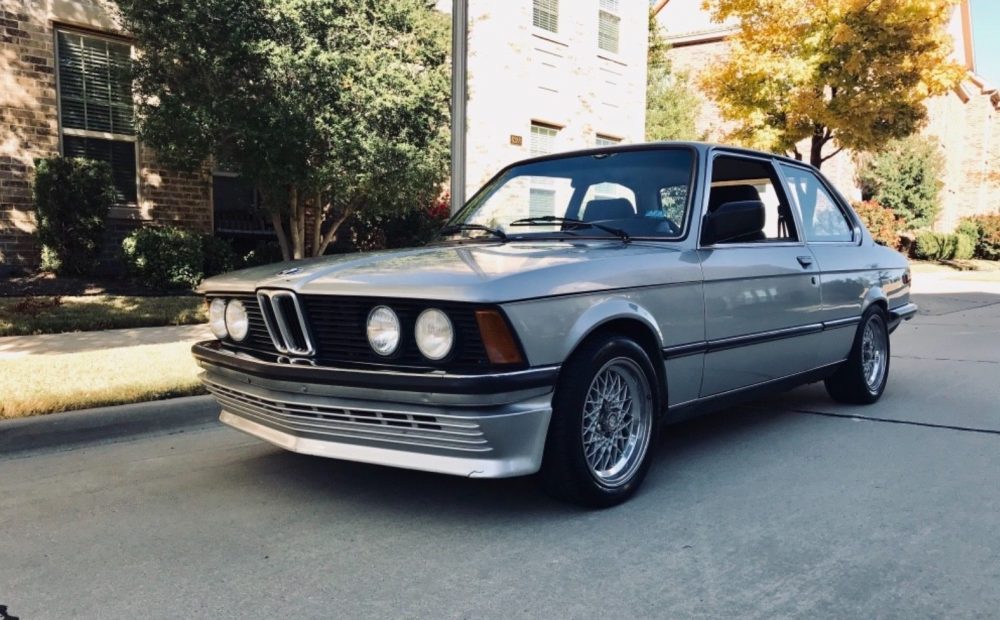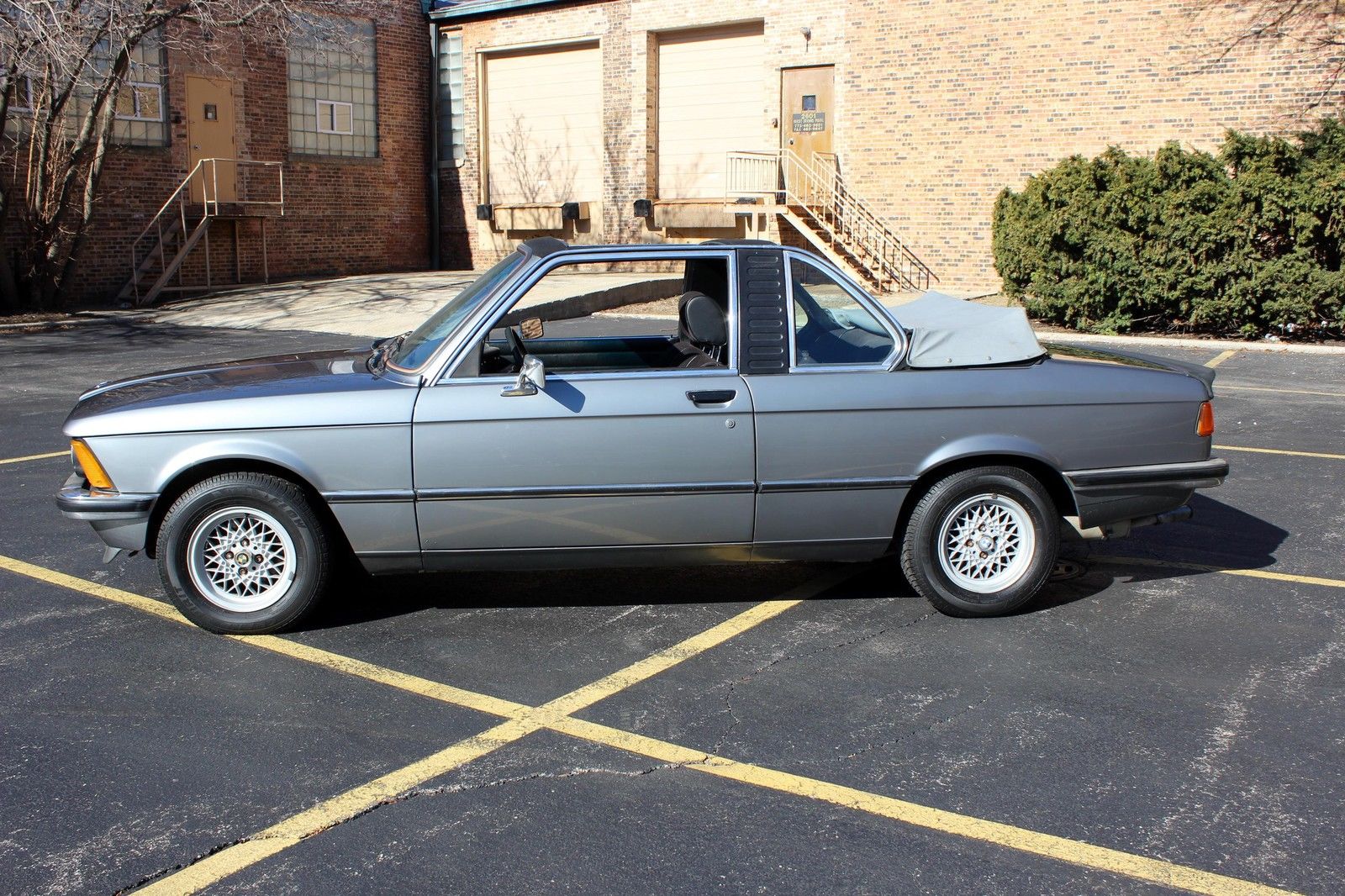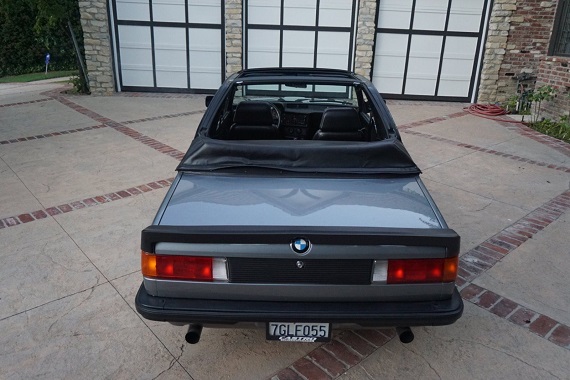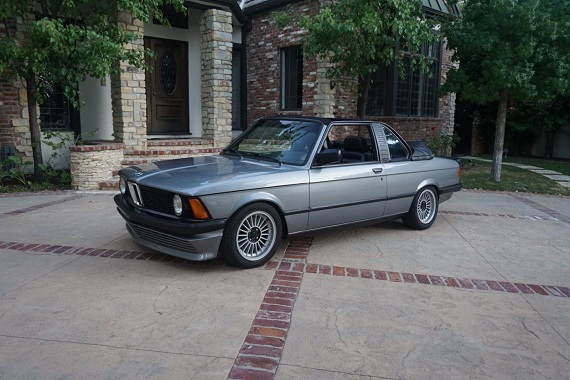Every once in a while, a car pops up that I’d just love to know more of the history of. Case in point; today’s 2000 BMW 323i. This was the second year for E46 in the US, and frankly the very early E46 323i models were pretty plain. But that’s not the case today, and this one was special ordered from BMW Individual in Dakar Yellow. From there, it gets a bit stranger, because the ticking of special options didn’t seem to continue….
Tag: 323i
Update 1/17/19: The E30 sold for $4,200.
Continuing on the custom theme, today’s post comes thanks to some unusual chassis combinations. Of course, BMWs – and particularly the 3-series – are no stranger to swapped motors. I’ve covered just about everything, from a M62’d E30 to the outrageous S85-powered Hartge H50 and, of course, the ubiquitous S50/2 swaps in E30s or E36s.
But today’s power overhauls come in the form of American V8s stuffed into the noses of Munich’s finest small sports sedans. While their personalities are quite different, both manage to pull off the swaps as relative sleepers despite the crazy changes underneath. So which is the winner?
CLICK FOR DETAILS: 1986 BMW 325i 5.0 V8 swap on eBay
Comments closed
When enthusiasts think of custom coachwork and Germany, one name usually springs to mind: Karmann. Most identifiable for their combination with Ghia’s designs for Volkswagen, Karmann produced not only their eponymous creation Karmann-Ghia in both Type 14 and Type 34 configuration, but also the Beetle convertible. Volkswagen’s association didn’t end there, though, as the first Rabbit Cabriolets, both versions of the original Scirocco and the later Corrado were all built by the firm. So, too, were some of the first Porsche 356, 911 and 912 models, along with the 914. BMW, too, turned to the firm for ‘Big Coupe’ production, from the 2000CS to the E24 6-series. But when it came time to take the top off of their small cars, BMW looked elsewhere.
From Osnabrück BMW headed into the heart of the enemy’s home to Stuttgart, where Karosserie Baur was located. Baur was the company that BMW turned to when plans with Lamborghini to produce the supercar M1 fell through. Baur would later be the home that the infamous Group B Sport Quattro and Porsche 959 were produced in. In short, Baur was responsible for some of the most significant designs in German motoring and has plenty of expertise in factory-quality experience. It should come as no surprise, then, that they were the company that BMW selected to produce the first 3-series convertibles.
Taking the roof off the car seems simple enough; just grab a saw and go, ‘How hard could it be?’ Well, not so fast, as structural rigidity rears its ugly head. Beyond that, in the 1970s government nannies were indicating that the idea of a topless car was going to be outlawed, leading many manufacturers – including all of the major U.S. brands – to abandon the idea. Baur’s solution to the problem was to create a roll hoop ‘Targa’ model, which as we know from Porsche models offered multiple roof positions while simultaneously solving the issue of structural rigidity and occupant safety. But Baur wasn’t able to utilize the ‘Targa’ nameplate, as Porsche owned the copywrite of the title. Baur instead called the new partially topless 3-series the Top Cabriolet, shortened to TC. BMW offered these as a full-factory option and maintained the warranty, as these cars were expensive in period – a 323i like this one hit the market at the equivalent of $18,000 in 1980 (about $53,500 today) and selecting the Baur TC1 option added some $6,000 (about $17,000 today) to the price.
CLICK FOR DETAILS: 1979 BMW 323i Baur TC1 on eBay
2 CommentsIn a post I wrote for The Truth About Cars this past week, I covered a few E30 models that offer affordable and interesting visual and performance alternatives to the E30 M3. One of those models was the Baur TC2, the model which gave BMW a soft-top before BMW made its own in 1985. Of course, the E30 wasn’t Baur’s first foray into convertible 3-series models, though, as they had started with the E21 model. Baur only produced a little less than half the amount of E21s – 4,595 according to Petrolicious – as they did E30 models at over 11,000, but as importation of early 1980s cars was easier, it seems more common to see the E21 Baur than the E30 Baur. Though fitted as standard with no performance upgrades, this unique 1982 example remedies that with a turbocharged M20:

